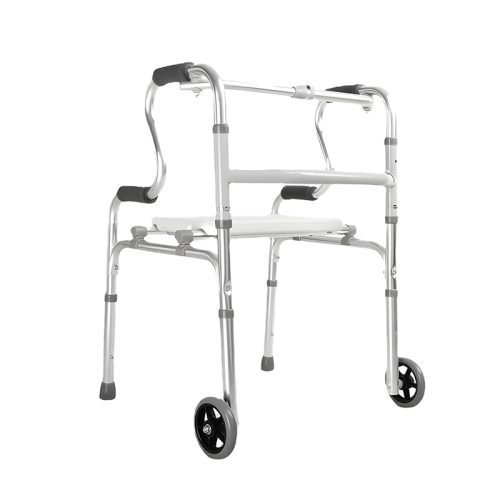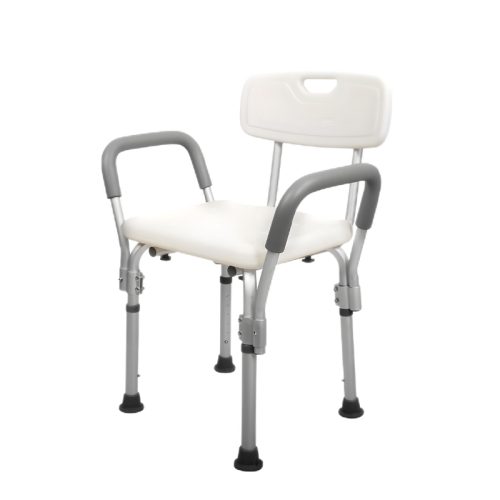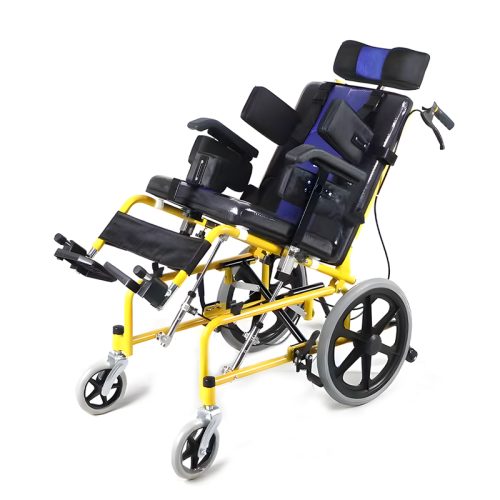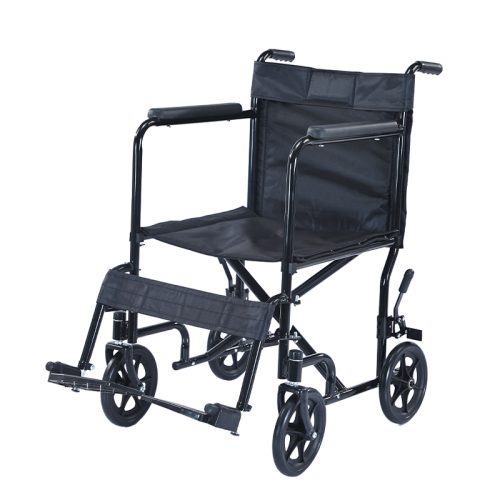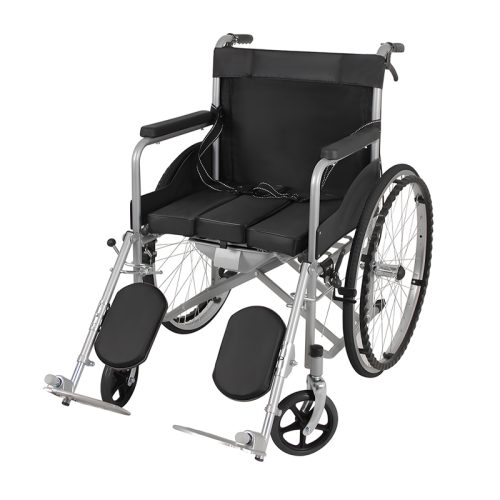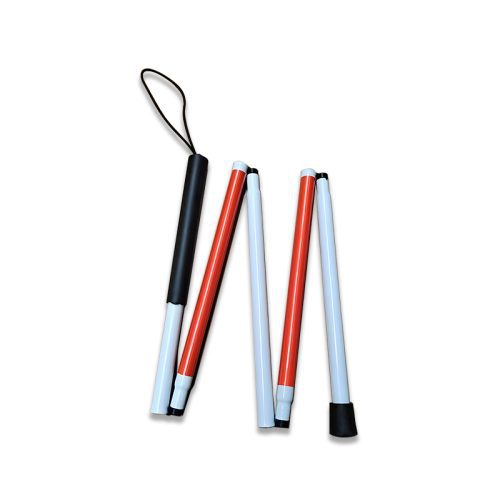
- 휠체어
DRC 휠체어 시장 2025: 의료 장비 공급업체를 위한 제품 포트폴리오 분석 및 유통 전략
- 으로 켈링메디컬
1. DRC 휠체어 시장 규모 및 제품 세분화 (2025)
시장 점유율 분석
수동 휠체어는 비용이 저렴하고 최소한의 유지 관리가 필요하기 때문에 78% 점유율로 수입을 주도하고 있습니다.
수동 휠체어 판매의 55%는 대당 가격이 $80~$120 사이의 저가형 모델에 의존하고 있습니다.
$130~$200 가격대의 중급 휠체어 모델의 시장 점유율은 35%로, 도시 클리닉이 주요 구매처입니다.
NGO와의 고급 기능 파트너십을 통해 대당 10% 이상의 프리미엄 휠체어 시장 점유율이 $220을 넘어섰습니다.
전동 휠체어는 시장의 15%를 차지하며 주로 킨샤사와 루붐바시에서 사용되고 있습니다.
평균 가격: $1,200-$2,500/대.
이러한 성장은 병원 시설의 개선과 함께 장애 옹호 활동의 증가에 기인합니다.
스포츠 휠체어는 국제 구호 프로그램이 주로 공급하는 틈새 시장인 7%의 점유율을 차지하고 있습니다.
소비자 세분화
저가형 휠체어를 구매하는 소비자의 대다수(60%)는 비용 효율성을 중시하는 시골 보건소 및 NGO입니다.
개인 병원과 도시 클리닉은 양질의 서비스와 경제성 사이의 균형을 추구하는 중급 구매자를 대표합니다.
전문 재활 시설과 부유한 가정이 프리미엄 휠체어 구매자의 10%를 차지합니다.
2. 수요 동인 및 제품별 기회 2.
수동 휠체어
인프라가 열악한 지역에서는 경량 접이식 휠체어 모델 채택이 221% 증가했습니다.
공공 부문은 조달 예산의 70%를 $150 미만의 수동 휠체어 모델에 할당하고 있습니다.
전동 휠체어
킨샤사의 중산층이 증가함에 따라 전동 휠체어 시장은 매년 121%씩 수입이 증가하고 있습니다.
태양열 배터리 시스템은 불안정한 전원 공급으로 인해 시장의 관심이 높아지고 있습니다.
스포츠 휠체어
핸디캡 인터내셔널과 같은 단체는 적응형 스포츠 휠체어에 대한 시장 수요의 90%를 창출합니다.
3. 시장 침투를 위한 가격 책정 전략
예산 세그먼트는 500개부터 시작하는 대량 구매에 대해 할인을 제공하여 경쟁해야 합니다: 500개).
미드 레인지 세그먼트의 제조업체는 더 높은 수익률을 달성하기 위해 번들의 일부로 유지 관리 키트를 포함해야 합니다.
프리미엄 세그먼트에서는 고객이 압력 완화 쿠션 및 지형별 휠과 같은 모듈식 맞춤 옵션을 선택할 수 있습니다.
4. 유통 과제 및 솔루션
재고 관리
평균 3개월 동안 지속되는 배송 지연에 대응하기 위해 6~8개월 동안 수동 휠체어 재고 수준을 유지합니다.
마타디 항에 보세 창고를 구축하면 수입 리드 타임이 30% 단축됩니다.
규정 준수
모든 휠체어는 DR콩고 보건부의 승인을 받아야 하며, 승인까지 6~9개월이 소요됩니다.
사용 설명서와 보증 카드는 반드시 프랑스어로 제공되어야 합니다.
경쟁 우위
습기에 강한 프레임과 자외선 차단 커버와 같은 기능을 강조하여 열대 기후 조건에서 제품의 내구성을 입증할 수 있도록 홍보 콘텐츠를 조정하세요.
5. 2025-2030년 성장 전망
수동 휠체어의 시장 점유율 비율은 2030년까지 70% 이상을 유지할 것입니다.
전동 휠체어 판매량은 2030년 $430만 대에 도달할 때까지 9.5%의 연평균 성장률로 증가할 것으로 예상됩니다.
패럴림픽 이니셔티브는 스포츠 모델들의 시장 점유율을 현재의 두 배로 확대하는 데 도움이 될 것입니다.
결론
DRC 휠체어 시장은 의료 시스템의 예산 제약에 맞는 제품 전략이 필요합니다. 수동 휠체어 재고, 현지 규정 준수, NGO 협력에 집중하는 유통업체는 경쟁업체보다 더 나은 성과를 거둘 수 있습니다. 공급업체는 상세한 소비자 세분화 데이터를 사용하여 가격 구조를 개선하고 물류 운영을 최적화함으로써 이 유망한 지역에서 장기적인 성장을 달성할 수 있습니다.
FAQ 섹션
Q1: DR콩고 내 시장 점유율 측면에서 수동 휠체어와 전동 휠체어는 어떻게 비교되나요? A: 수동 휠체어는 78%의 시장 점유율을 유지하고 있으며 전동 휠체어는 15%를 기록하고 있습니다.
Q2: 가장 빠르게 성장하고 있는 제품 카테고리는 무엇인가요? A: 전동 휠체어 시장은 2030년까지 연평균 9.51%씩 성장할 것으로 예상됩니다.
Q3: 저렴한 휠체어는 도시 외 지역에서도 상당한 수요를 충족합니다. A: 예산 수동 휠체어 판매의 대부분은 65%의 시장을 구성하는 시골 병원과 NGO에 집중되어 있습니다.
Q4: 스포츠 휠체어에는 특별한 인증이 필요하나요? A: DRC로 수입되는 모든 적응형 스포츠 휠체어 모델은 ISO 7176-19 안전 표준을 준수해야 합니다.
켈링 메디컬과의 파트너십을 통해 DR콩고에서 시장 성공을 달성하세요.
DRC 시장을 위한 휠체어 솔루션을 찾는 유통업체는 켈링 메디컬의 포괄적인 지원을 받을 수 있습니다.
각 지역 시장의 특정 수요에 맞게 제품 선택을 최적화하세요.
규제 지원: 간소화된 보건부 승인.
물류 최적화: 물류창고 및 라스트마일 배송 네트워크.
📧 지금 문의하세요: 📞 이메일: inquiry@shkeling.com 🌐 방문: https://shkeling.com.cn/product-category/wheelchair/
기간 한정 혜택: 2025년 1분기 운영 문의 시 시장 진출에 대한 무료 상담을 받으세요!


